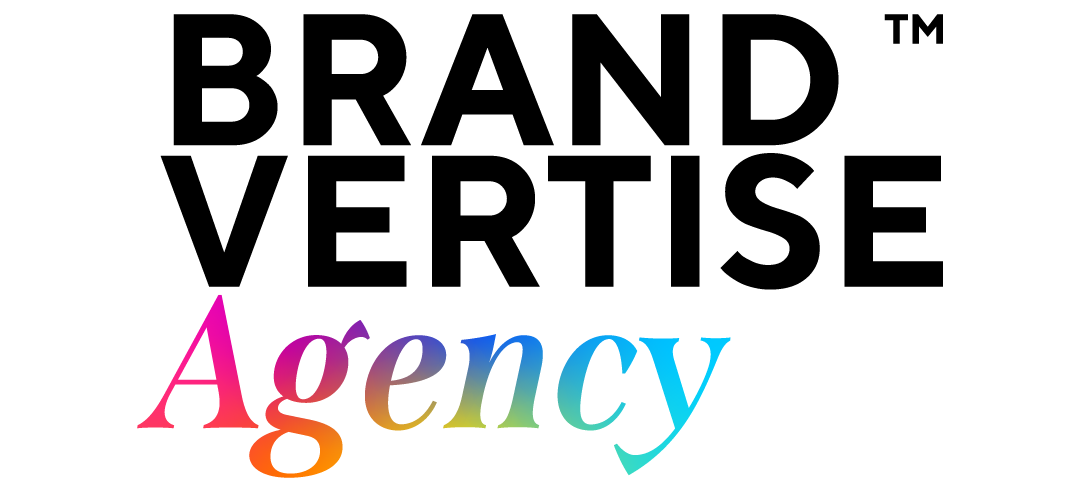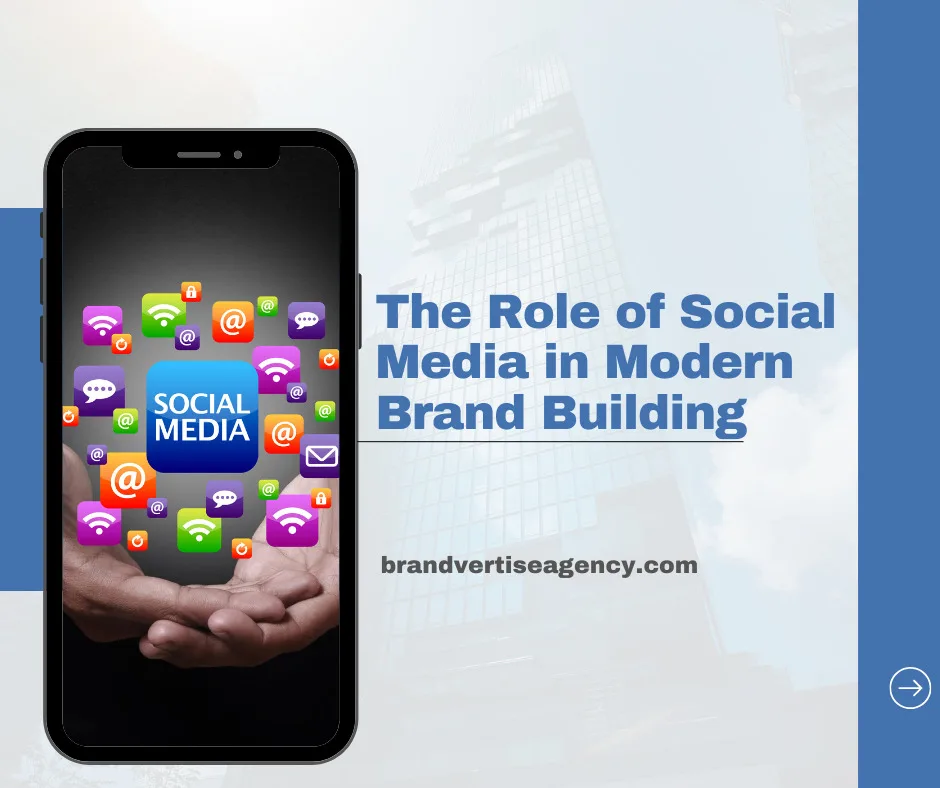Online presence is important for any business today regardless of its size because nowadays people use social media all portfolios under one network to help them in finding jobs. As an instance there are things like job seekers who usually put their jobs on linked in such that anyone can apply for them without moving from his initial position or physical location thus helping reduce costs. Furthermore companies recognize that their business may be discovered by an interested person as well as subscribed to newsletters known as blog posts when wanting to gain more recognition locally or even abroad. For instance, someone may have come across an app called Bloomberg which is considered to be number one when it comes to news and information in the world.
This in-depth guide provides you with the information and resources you need to create a social media strategy that will work. We are going to look at important aspects such as finding who your target audience is, planning for content, selecting the best platforms, and measuring effectiveness.
Defining Your Social Media Goals:
The first step in creating a successful social media strategy entails having clear objectives.
Here are some examples of the most frequently used marketing objectives on social media:
Enhanced brand recognition: Access more viewers and position your brand as a trendsetter within your specific area of operation. Lure in possible clients and help them grow into paying customers as well, which is termed lead generation.
Drive traffic to a website: This means increasing the number of visitors who come to your site from time to time, while at the same time trying to transform them into either customers or clients of any sort.
Boost customer engagement: Urge people to comment on, share or message their brand.
Increase customer service: Offer your clients personalized and timely assistance via social media platforms.
Finding Your Target Audience:
Knowing who you are targeting is very important if you want to create content that works well on social media sites. These could be demographics or psychographics as shown below:
Age: Are you targeting millennials, Gen Z, or a broader range?
Location: Where is your target audience geographically located?
Interests: What are their hobbies and passions?
Needs and Pain Points: What challenges do they face, and how can your products or services solve them?
Social media listening tools can be an effective tool at this point in time as it tracks all the conversations that across different social media platforms related to your product and industry thus offering an insight into what your target clients expect.
Selecting the appropriate social media platforms:
It is essential to concentrate where your target audience uses their time because there are many social media platforms present. The following is a list of some well-known social media platforms and their benefits.
Facebook Inc is dominating the market by providing varied services for firms, such as creation of groups meant for targeting clients, long articles sharing among others while Instagram is a highly visual social networking place especially used by youths to share images, videoclips and short writings as well as for displaying goods and services online in unique manner.
In Twitter, one will enjoy real-time conversations and breaking news that take the usual happenings. It is a perfect place for creating brand awareness or sharing short articles. Whereas in LinkedIn, it is used to define relationships among professionals especially in B2B ventures whose main aim is business to business activities that may not involve public competition but rather protectionism between two partners offering similar products/services within different geographical places. One may also consider this platform as a tool for connecting possible firms/people with whom you would want to do business or get employment.
Developing a Compelling Content Calendar:
Having known the persons you wish to address, and after that making a choice on the media platforms, next is creating a content calendar. This is very important since it allows one to plan for the post on social media/ online communication channels ahead so that they have coherence as well as getting new things all the time.
Consider the following main pointers for making your content calendar:
Content Mix: Ensure different forms of content representing various audience preferences. This might be text-only posts, images or photos uploaded on social media platforms like Instagrams, videos featuring products reviews/samples/tutorials or story-telling sessions in the form of slideshows; infographics showing statistics related to services offered by a particular company etcetera; live streaming events where visitors can watch what happens behind-the-scenes at organizations and take part through comments left live chat box on websites among others while polling questions could also come in handy.
Content Pillars: Identify key themes which act as channels through which customers can interact with the particular product or service offered by an individual company. This would lay a sound plan on which you can base your content strategy.
Frequency of posting: Ensure that you stick to a uniform timetable of posting depending on the platform you use. Some studies have pointed out the ideal intervals after which posts should be uploaded on different platforms.
Use of schedulers: Use scheduling tools available in social media to make production and publication of contents easier. There are many tools that enable you to prepare posts for several platforms early enough.
Crafting Engaging Social Media Content:
Below are some tips for producing appealing content:
Focus on Value: Share useful knowledge, fun or motivating stuff with your followers.
Use Stories: Blend story-telling features into your topics in order to establish common ground with your readers at an emotional point.
Visually Appealing: Images and videos of good quality should be used to make your content visually appealing and catchy.
Call to Action: Don’t forget to instruct users toward liking, commenting, sharing or visiting your sites.
Conclusion:
Your Social media empire Formulating efficient social media strategy demands involvement and incessant perfecting. With these steps laid down, you will develop a social media presence that boosts your business’ bottom line. It should be noted, audience comprehension, quality content development and follower retention stands as a golden rule.





